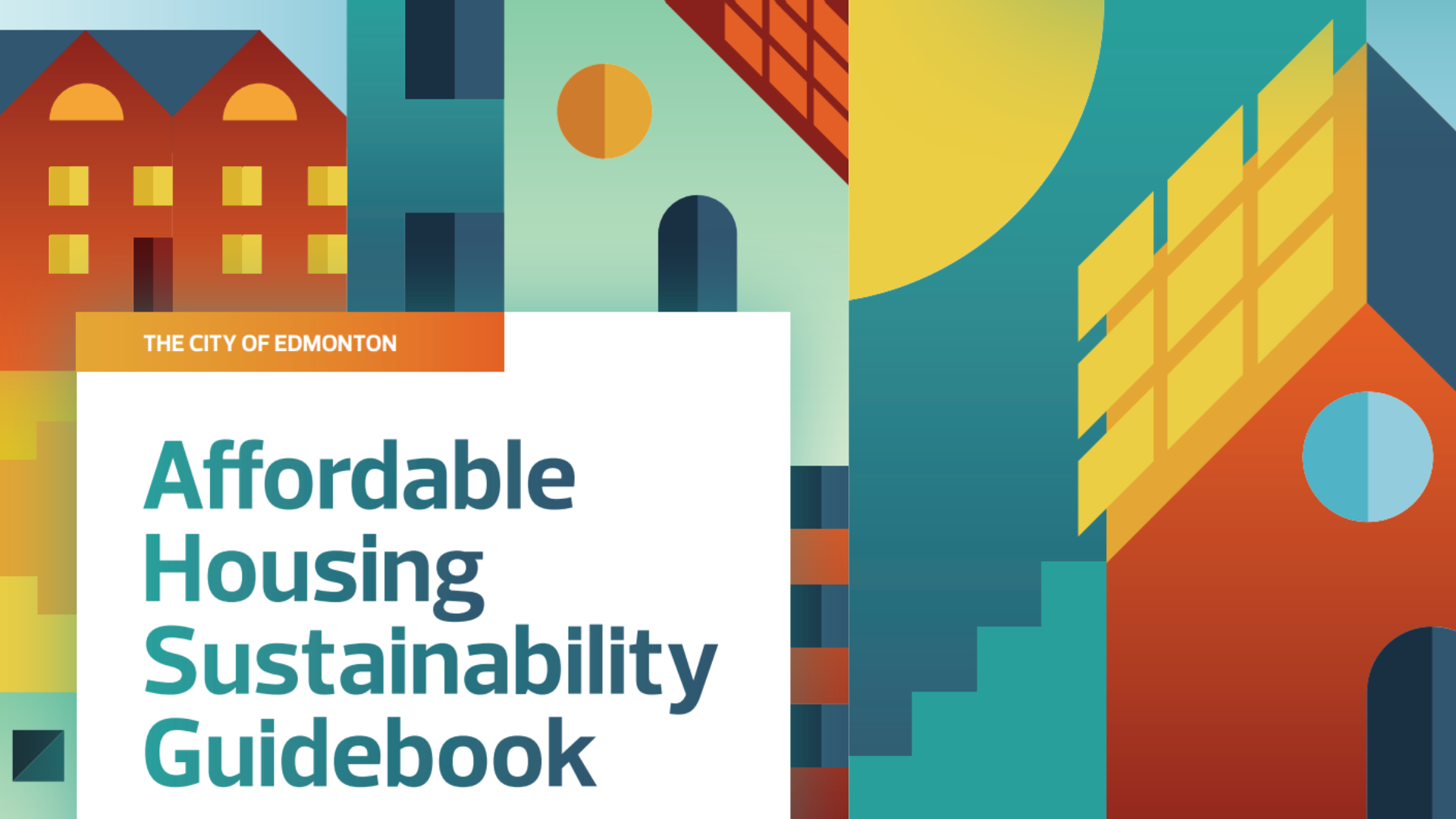On July 16, 2024, the Government of Canada released The Canada Green Building Strategy: Transforming Canada’s building sector for a net-zero and resilient future.
The Canada Green Building Strategy (CGBS), aims to reduce carbon emissions from buildings of all types while addressing climate resilience and affordability. This strategy aligns with several other initiatives such as the Canadian Net-Zero Emissions Accountability Act, Canada National Adaptation Strategy and Canada’s Housing Plan.
The Emissions-Neutral Buildings Information Exchange (ENBIX) is dedicated to sharing information and supporting the transition to an emissions-neutral built environment for new and existing buildings in Alberta.
Since the CGBS will influence Alberta’s building industry, we have summarized our key takeaways and the latest initiatives that will help implement the strategy.
The CGBS’s priorities are to:
1. Accelerate retrofits
The CGBS recognizes that buildings are the third largest contributor to carbon emissions in Canada, and the majority of buildings that will be standing in 2050 already exist today. To effectively reduce emissions in Alberta, we need to retrofit existing buildings with the intention of optimizing energy performance and achieving meaningful carbon emissions reductions. To do this on a larger scale, we need to work with building owners and operators to retrofit their buildings by increasing their knowledge and making retrofits more accessible to them.
2. Encourage the development of sustainable and affordable buildings
Canada needs to build 3.5 million homes by 2030 to accommodate its growing population. To meet the country’s carbon emissions targets, these homes must be designed to produce minimal operational emissions and embodied carbon. Operational emissions arise from energy used throughout the building’s lifespan, such as burning natural gas for heating, while embodied carbon includes emissions from the manufacturing of building materials and throughout the construction process.
3. Prepare the building sector for the future
To build net-zero homes and buildings, the industry needs support and incentives that encourage buildings to choose electrification, biofuels and district heating. (District heating involves generating heat in a centralized location and then distributing it to residences, businesses and industry in a local area). This will require financial incentives, training, and investment in the infrastructure needed to make these options more accessible.
The CGBS identifies several previously announced initiatives. The following is a summarized list of new initiatives identified in the July 16, 2024 announcement:
Canada Greener Homes Affordability Program (CGHAP)
This is a $800 million retrofit program that will provide low and no-cost energy reduction retrofits to low and middle-income Canadians.
National Labelling Approach
$30 million will be used to develop national labelling standards for energy efficiency to provide homeowners and buyers with energy performance data.
The Canada Housing Infrastructure Fund
This is a newly established $6 billion initiative aimed at speeding up the construction and enhancement of infrastructure that supports housing. This funding is accessible to provinces and territories.
Learn more about the Canada Housing Infrastructure Fund.
Strategies in First Nations communities
$145.2M in funding was announced to develop greater resiliency and deploy structural mitigation strategies in First Nations communities.
Rapid Housing Stream
A new stream, including $976M from the Affordable Housing Fund, was announced. Learn more about the Rapid Housing Stream.
Apartment Construction and Loan Program
This is a $15 billion loan fund that provides low-cost financing to developers and non-profits to encourage the building of rentals.
Learn more about the Apartment Construction and Loan Program.
Amendment to the Energy Efficiency Act
A series of actions were added to the Energy Efficiency Act to address the phase-out of fuel oil for heat in new construction and to determine the feasibility of phasing out one-way air conditioners in favour of heat pumps.
Home Building Technology and Innovation Fund
This a $50 million initiative that will be launched by the Next Generation Manufacturing Canada (NGen) innovation cluster to support novel building solutions across Canada.
Learn more about the Home Building Technology and Innovation Fund.
Enhanced Greening Government Strategy
The existing Greening Government Strategy was enhanced by directing Crown Corporations to comply with it and applying a new “Buy Clean” policy to all federal investments.
Looking at the CGBS’s priorities, there are several that overlap with initiates and programs offered by Alberta Ecotrust Foundation:
- The Emissions-Neutral Information Exchange (ENBIX) is a collaborative initiative that aims to accelerate the transition to an emissions-neutral built environment for new and existing buildings in Alberta by working closely with building industry stakeholders. This aligns with the CGBS’s desire to work in regions to assess the viability of constructing and renovating buildings to install more efficient heating and cooling systems.
- The Alberta Ecotrust Retrofit Accelerator program (launching in the fall of 2024) aims to reduce emissions from existing buildings in Alberta through free coaching services for building owners and managers to undertake deep retrofits. It will also work to build a retrofit network to help reduce emissions from existing buildings in Alberta at a larger scale through capacity building, training, peer-to-peer networking and research.
- The Home Upgrades Program addresses energy poverty in Alberta by offering free energy efficiency education and home upgrades to income-qualified families. This is in line with the Canada Greener Homes Affordability Program (CGHAP).
- Digital Home Energy Labels provides homeowners in Edmonton and Calgary with more information to make informed decisions on future utility costs of a home while also providing accessible home energy labels. This goal is in line with the federal National Labeling approach.





